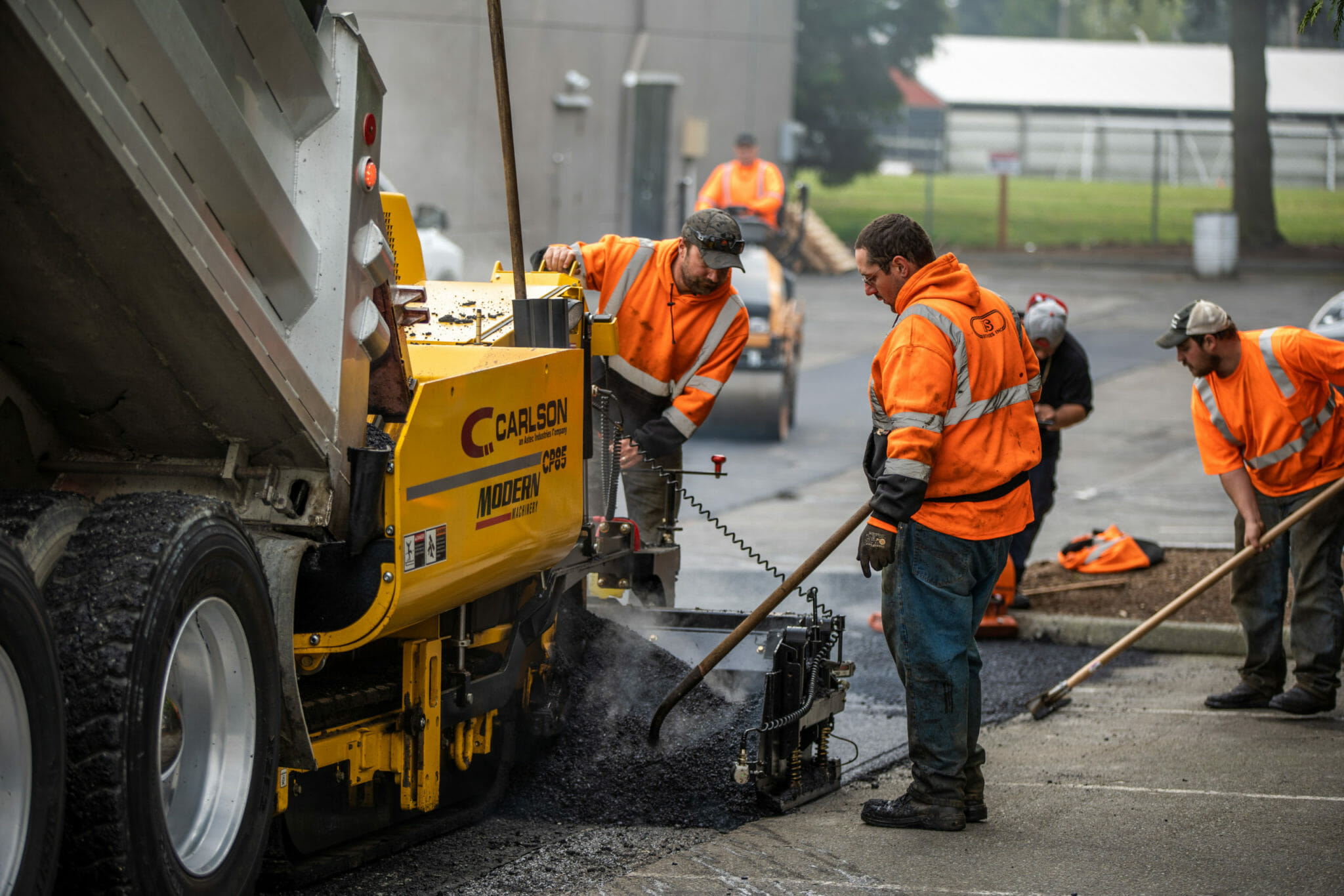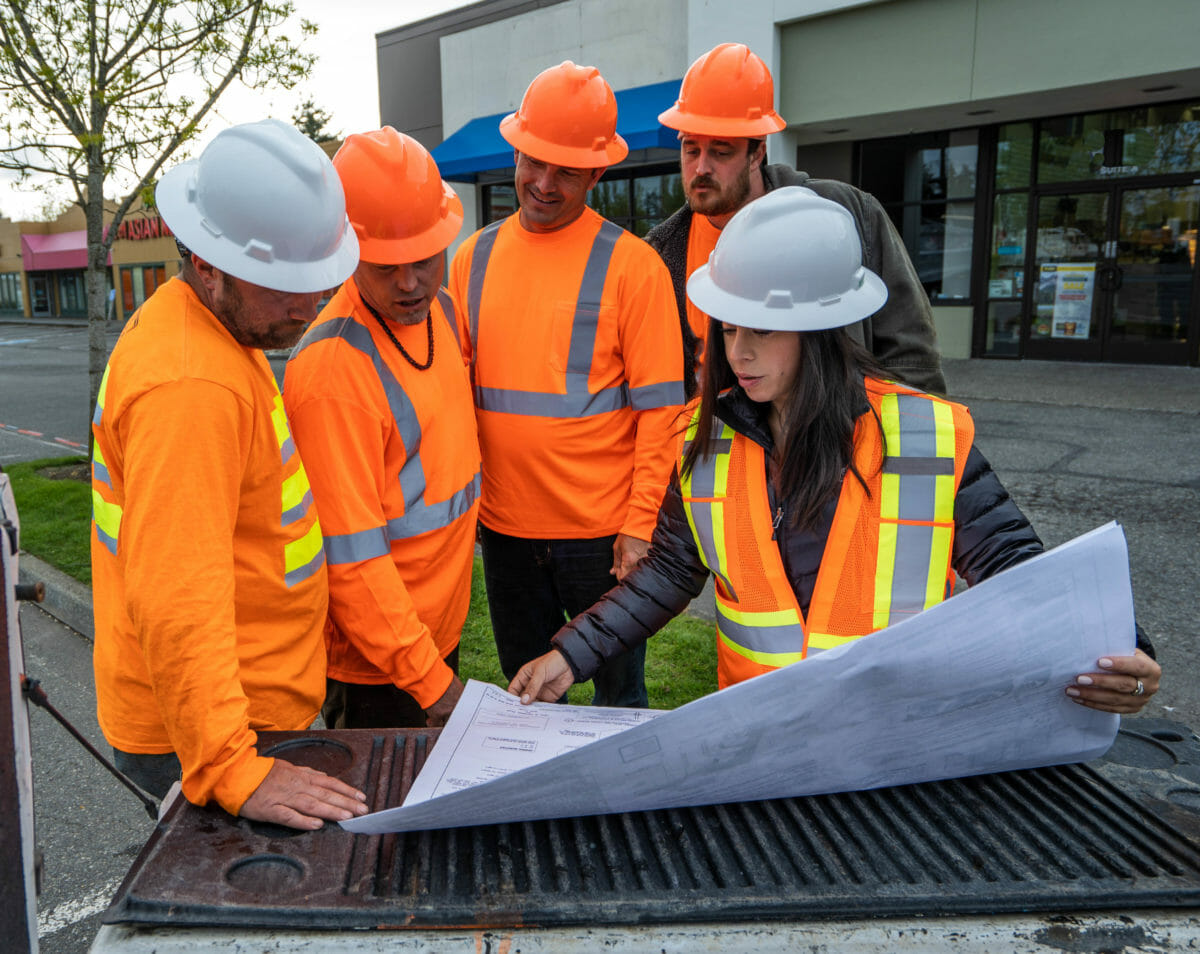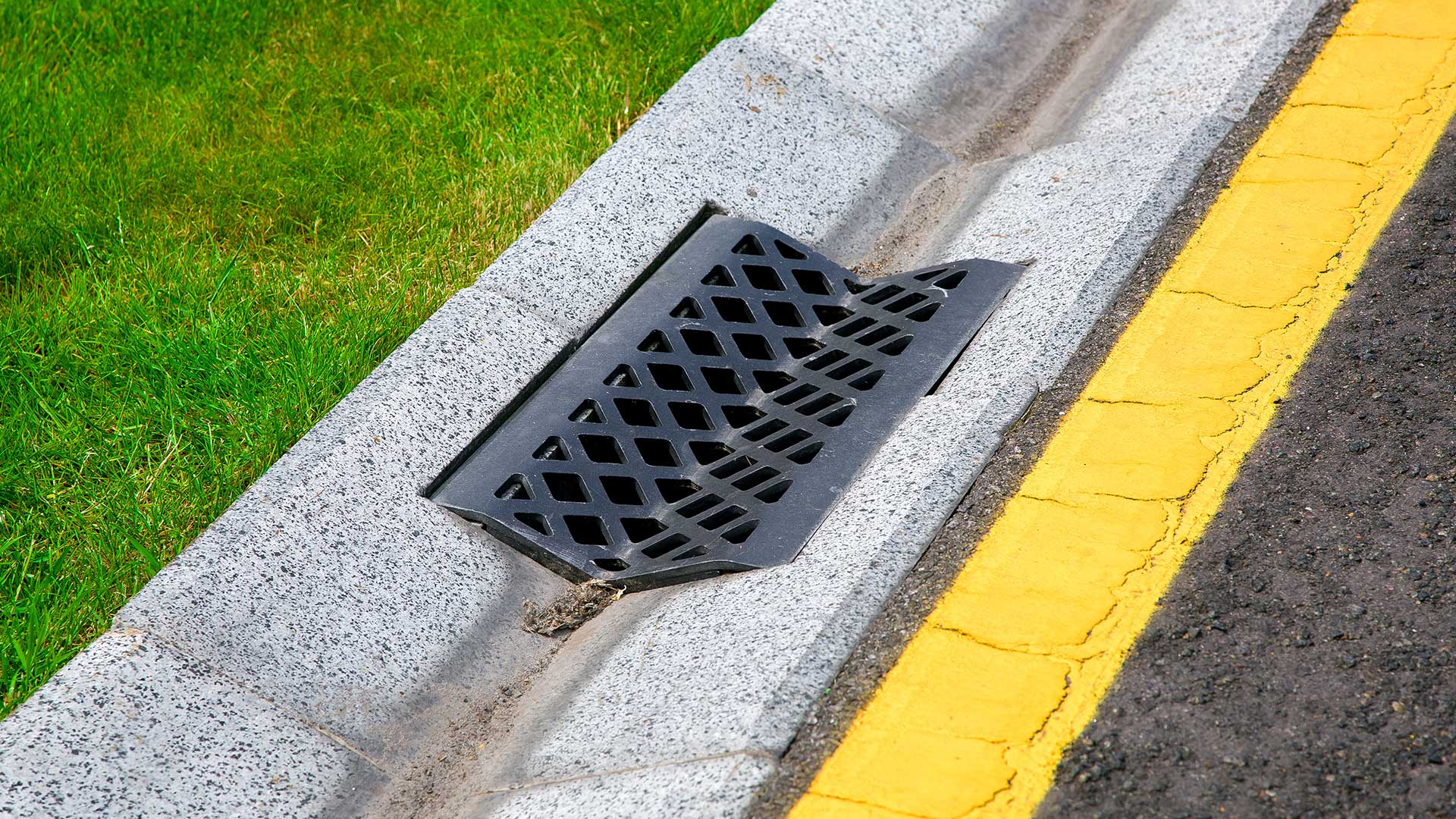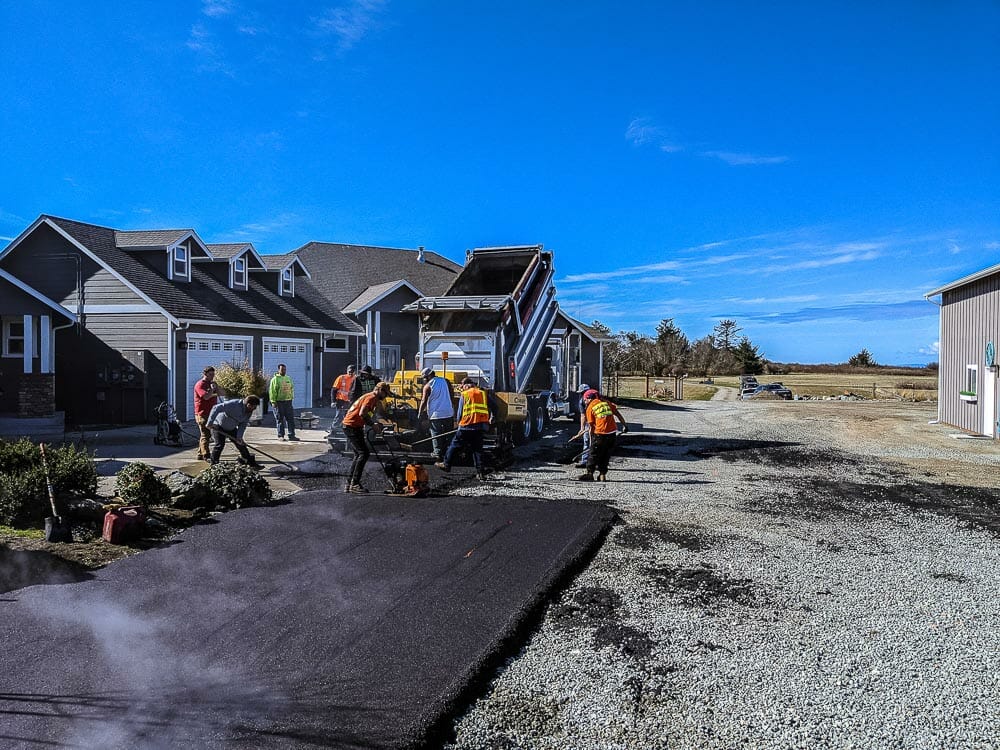Our Asphalt Paving Process Explained
Are you considering installing new asphalt pavement on your commercial property or home? As a long-lasting, reliable, and cost-effective material option for driveways and parking lots, asphalt is a popular choice for homeowners and business owners.
However, if you’ve never had your asphalt paved or worked with an asphalt paving company, you may have a few questions about how this service works and what the process entails. As both a homeowner and a business owner, It is important to know what you are getting into before you sign on the dotted line and your project officially begins.
In this blog, we will break down the steps of the asphalt paving process here at NYS Enterprises, from site preparation down to the last pavement roll. While most other asphalt paving companies take a total removal and repave approach, we are proud to say we do things differently. We take a customized approach to paving, considering the condition of your current asphalt pavement, your individual property requirements, and your intended use of the space. From there, we develop a paving strategy that aligns with your unique needs and what you hope to accomplish.

Whether you’re a veteran parking lot owner or a brand new homeowner just starting to explore driveway paving options, we hope this blog will be helpful when preparing for and thinking about who to choose for your next project. We also want to educate our readers on how total removal and replacement is not a one-size-fits-all solution and that there are different routes they can take regarding asphalt paving and maintenance. Now, let’s dive into our asphalt paving process here at NYS Enterprises!

o1
Project Preparation and Strategy
The first step to any of our asphalt paving projects is proper preparation and strategization. In order to have a successful project and make the most out of our customer’s budgets, we spend ample time looking at it from every perspective, trying to figure out the most long-lasting, cost-effective solution. We want our customers to receive the best-fit service that will complement their property for years to come. After we devise the perfect strategy for your parking lot or driveway needs, we schedule your project out, taking into account weather conditions, tenant concerns, and ongoing client communications.
o2
Site Preparation
Often with other paving companies, asphalt demolition and removal is typically the first step in the process. This step involves completely removing any existing asphalt pavement or concrete from the surface of your driveway or parking lot. However, that is not the case here at NYS Enterprises. Often, there are more cost-effective and better-fit solutions than total removal and replacement for many of our clients. This is why we stray away from simply using this cookie-cutter approach time and time again, and instead offer a variety of solutions based on our customer’s unique needs. Using our over 40 years of industry expertise, our team will expertly prep your site with the method most fitting to your specific needs.


o3
Grading, Sloping, and Drainage System Installation
After the site is prepped, it is essential to ensure that it has the proper grading, sloping, and drainage system. To guarantee proper drainage, the land must slope around the pavement’s surface to allow water to flow off it. This often involves us grading the surface to create a slope in a specific direction for water runoff. Without the proper drainage system, standing water can ruin the conditions of your parking lot or driveway dramatically in the future. In fact, it is one of the top causes of asphalt degradation. The types of drainage systems we often install are catch basins and french drains, two highly effective methods for channeling water away from your new asphalt surface.
o4
Customized Asphalt Paving Solution
The following step in the standard asphalt paving process is usually to prepare and lay the asphalt sub-base. The sub-base refers to the material layer that lies beneath your asphalt and serves as the foundation for the pavement. The sub-base is typically made up of crushed stone, which sometimes helps to stabilize the asphalt against erosion or harsh weather conditions.
However, NYS Enterprises does not take this conventional approach to paving. We look at every project individually, thinking about what would be best for our client’s properties and budgets. By utilizing multiple techniques depending on the specific situation, and not just the standard process of removal, sub-base, and repave, we find that our client’s pavement looks better and lasts longer, in addition to being more cost-effective.


o5
Lay New Asphalt
Once the site location is prepared, we can finally lay your new asphalt pavement! Your new layer of asphalt material is spread over your surface using a paving machine and then compacted using a roller. This rolling method ensures a smooth, even surface.
The application method and thickness of your new asphalt layer will depend on your location, your project’s specific requirements, and the condition of your previous pavement. Once the asphalt has been laid and compacted, it needs to cool before our paving contractors smooth transitions or make any touch-ups.
o6
Smooth Transitions
Smoothing transitions is the second to last step in the asphalt paving process. Transitions are the small areas separating different pavement locations, such as the space between an asphalt driveway and a concrete sidewalk or between a retail parking lot and a paved road.
The specific type of transition used will depend on your project requirements, such as whether it is a parking lot or driveway and what surrounds the surface. Smoothing transitions is important for ensuring your surface is attractive and also functional, as both cars and people will need to navigate either your parking lot or driveway.


o7
Final Pavement Roll
The final pavement roll is the last step in the asphalt paving process. After your new asphalt has been laid and adequately cooled, we will perform a final pass with a paving roller to further compact the asphalt. This ensures that your new asphalt surface is as smooth as possible and that there are no small bumps or divots.
The final roll is a crucial step in our paving process because it helps to create a compact, highly stable surface that is less prone to cracking, potholes, and other future damages. It also helps to ensure the surface is smooth and even, which is important for the safety and appearance of your parking lot or residential driveway. After the final roll, you’ll want to keep both cars and pedestrians off the asphalt, allowing it to cool fully before any usage.
Asphalt Paving With NYS Enterprises
Installing asphalt pavement requires meticulous planning and attention to detail to ensure that the final product is durable, stable, and long-lasting. Each of these steps is essential for your project’s overall success, and it is important that your asphalt paving company spends ample time making sure that your pavement is properly laid and the installation method used is an appropriate fit for your property.

Whether you are a homeowner, business owner, or commercial property owner, NYS Enterprises can help you make informed decisions about your pavement project and ensure that it is completed to the highest standards. Our paving contractors spend time getting to know you, what your goals are, and every aspect of your project, down to the smallest detail. Our individualized approach to asphalt paving results in exceptional and enduring quality finished product for our customers. If you are in the market for an asphalt paving company that offers more options than a standard remove and repave, NYS is the name to call.
Contact NYS Enterprises
For all your asphalt paving needs in Greater Seattle, NYS Enterprises is here to help. With over 40 years of experience, we have established ourselves as a reliable and trusted resource for commercial and residential paving projects. We encourage you to reach out to us to learn more about how our customized asphalt solutions can help maintain your driveway or parking lot.
Get Started




